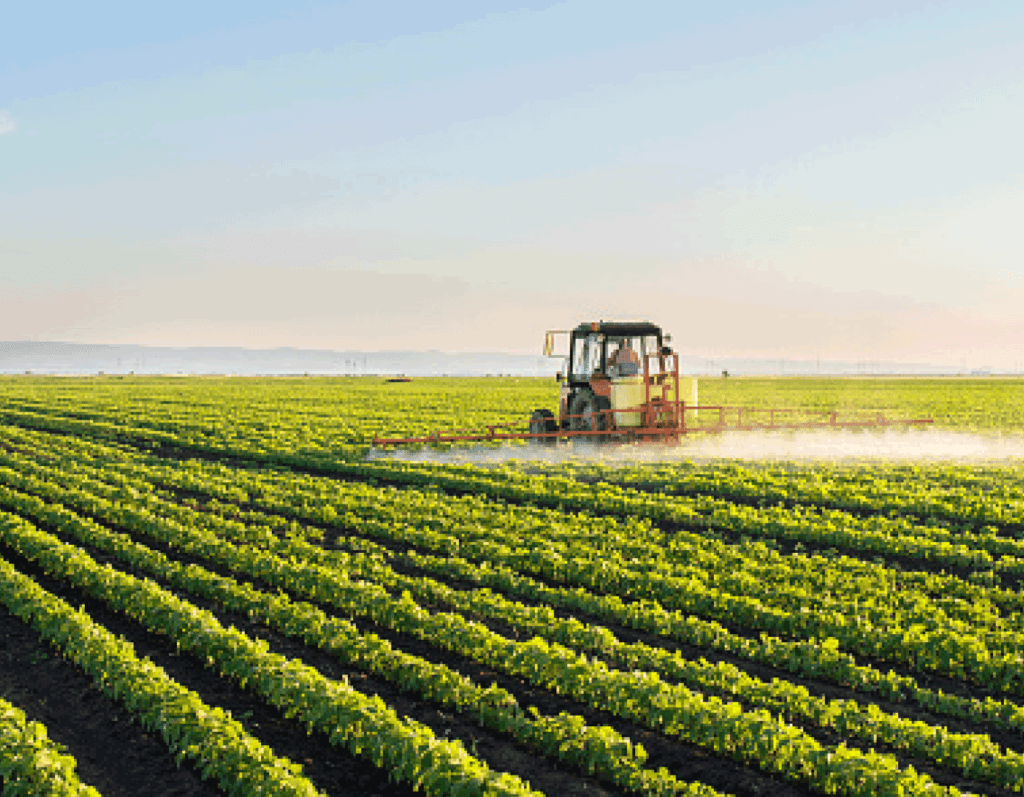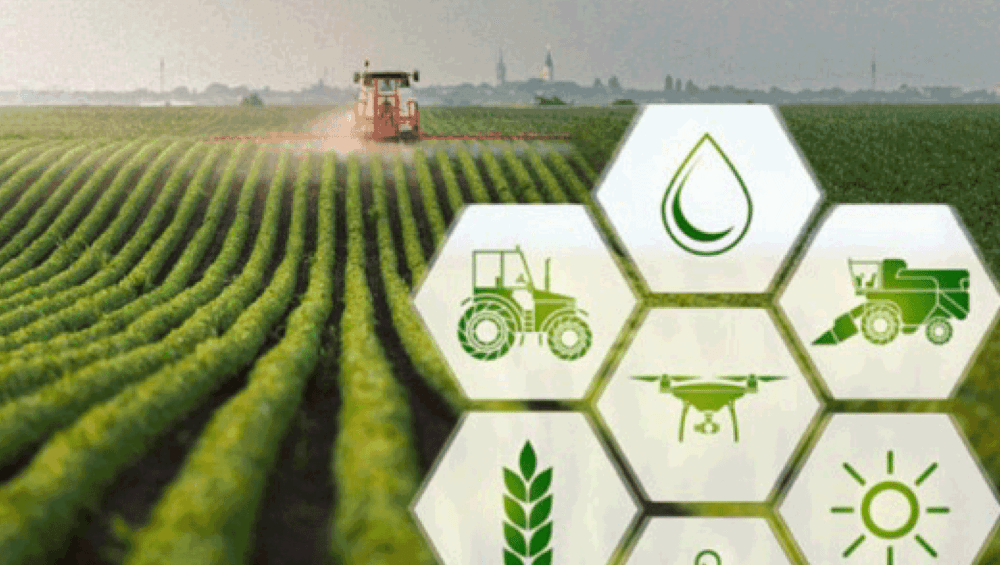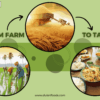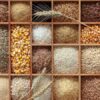In today’s rapidly evolving agricultural landscape, the use of big data is revolutionizing the way farmers and stakeholders approach crop management, resource allocation, and decision-making. The vast amounts of data generated by farms, sensors, machinery, and satellites are being harnessed to improve agricultural practices, increase yields, and address sustainability challenges. In this blog post, we will delve into the world of big data in agriculture and explore how it is transforming the industry.
Understanding Big Data in Agriculture:
Big data in agriculture refers to the collection, analysis, and application of vast volumes of data to inform agricultural practices. This data encompasses a wide range of information, including weather patterns, soil composition, crop growth, pest and disease management, and machinery performance. The key to harnessing the power of big data lies in the ability to process and interpret this information effectively.
The Role of IoT Sensors:
Internet of Things (IoT) sensors play a pivotal role in data collection on modern farms. These sensors are strategically placed in fields, on machinery, and throughout the farm to monitor various parameters in real time. Soil moisture, temperature, humidity, and crop health are just a few of the variables tracked by IoT sensors. This continuous data stream provides farmers with valuable insights into their operations.

Data-Driven Decision-Making:
One of the most significant advantages of big data in agriculture is its ability to inform decision-making. Farmers can access up-to-date information on crop conditions, allowing them to make timely decisions regarding irrigation, fertilization, and pest control. By optimizing resource allocation, farmers can reduce waste and increase efficiency.
Precision Agriculture at its Best:
Precision agriculture, enabled by big data, takes the guesswork out of farming. GPS technology and data analytics help farmers create precise field maps, enabling them to apply inputs like water and fertilizer exactly where and when they are needed. This not only improves crop yields but also minimizes the environmental impact of farming.
Machine Learning and Predictive Analytics:
Machine learning algorithms and predictive analytics are essential tools for making sense of big data in agriculture. These technologies can forecast crop yields, identify disease outbreaks, and even suggest the best planting times. By analyzing historical data and current conditions, machine learning models empower farmers with actionable insights.
Enhancing Sustainability:
Sustainability is a growing concern in agriculture. Big data can help farmers adopt sustainable practices by optimizing irrigation, reducing chemical usage, and improving soil health. By minimizing environmental impact, big data contributes to a more sustainable and eco-friendly approach to farming.
Challenges and Data Security:
While big data offers significant benefits, it also raises concerns about data security and privacy. Farmers and stakeholders must ensure that sensitive information is protected and that data is used responsibly and ethically.
Conclusion: The Data-Driven Future of Agriculture
Big data is transforming agriculture into a data-driven industry where decisions are informed by real-time information and sophisticated analytics. By harnessing the power of big data, farmers can increase productivity, reduce waste, and contribute to a more sustainable future. The journey of agriculture into the digital age is marked by innovation, efficiency, and a commitment to feeding the world while caring for the planet.




